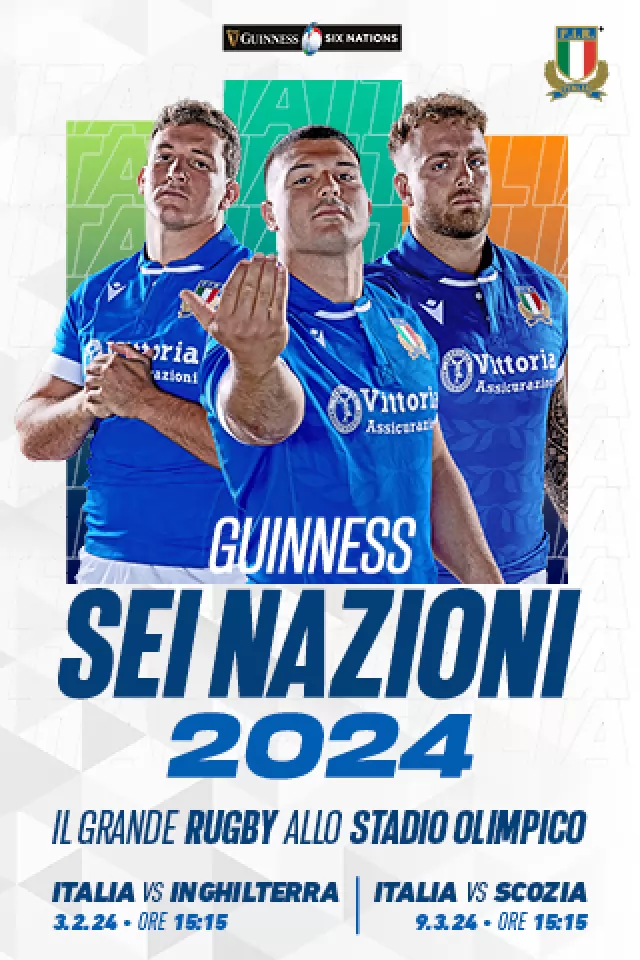Burri . The artists and matter 1945-2004
In the thesaurus of English words and phrases matter = material, substance, stuff, brute matter, rough raw materials, unpolished, physical nature, stocks and stones. To the acute observer of post world war two art, its salient theme is the stocks and stones, the work of art itself the palpable subject, its own incarnate thing-ness.
To the bright curators of this show Alberto Burri (1915-1995) was the Italian hero of thing-ness, and examples of his adventures into totally divergent materials form the nucleus of this exhibition. Wonderfully, the works range from painting with daubs of pigment in traditional oils to dabs of tar, to coal, to varnish, to rust and must, to laurel leaves, butterfly wings and real dried dung flies. After all, does not all art begin as earths inert mash in the live hands of the artist?
The exhibition, painstakingly installed in the spacious baroque building of the Scuderie del Quirinale, once the stables of the popes who lived in the palace across the street, is divided into two sections. On the first floor are rarely beautiful examples of still painterly work, all clustered around the series of Burris experiments. Blobs and clunks and slathers of pigment are still applied to flat surfaces, even if already raw and unkempt. On the second floor are object-encrusted, sometimes smart-alecky installations.
In the first part you are immediately attracted to two Lucio Fontanas, night-sky dark, haunting canvases studded with bits of broken Venetian glass. However, his later, breakthrough, slashed canvases are sorely missing. Then surprise! the king is Franz Kline. Stunning, here are three rarely seen attacks of black spattery beams and runes on white tough, witty and wise. A tiny Muses by Cy Twombly, of only a few feather-light, moth-wing daubs and clots of paint and strings of pencil line is amazingly fragile, but because of its aching lyricism is paradoxically the most substantial object in the show. His large Fall of Hyperion of 1962 is also brimming with secret splendour. There is the outrageously elegant Tapies; the mischievous semi-Dada reliefs by Manzoni, one of hairy, blinding white fiberglass fluff, the other a rumpled glued bedsheet. In addition are the fore-runners Nicholson, Fautrier, and Dubuffet.
As to Burri himself, his distressed, stitched-together bits of sack-cloth of 1952 are his great invention. Until then Burri, who had trained as a surgeon, had been doing his conventional landscapes in an American prisoner-of-war camp. Besides a series of handsome jutes, there are series of shards of steel; of burnt and melted stretched plastic on red; of charred wood; of scratched and molded plywood or roofing board.
Upstairs the show begins with purple, runny heaps of grs, the glittering sculptures of expressionist Leoncillo. Then Kounellis, our Mediterranean version of Beuys, speaks with sacks full of harbour coal, ladders hung with batches of sheeps wool, a dung fly sitting on cotton, a candle burning before a slate.
Luckily among the usually derivative efforts of Rauschenberg, there is a Combine from his only relevant and genuine period. A funky painted canvas surface sports a rusty contraption like a basket ball hoop and a little black felt rose. And there are two hilarious Dines, one crossed by real mens suspenders, another with a showerhead. In addition to these, one installation pervades the whole show with a subtle fragrance: it is a chamber lined with cubes of wire cages chock-full of laurel leaves, Daphnes tree. Respirare lombra by Giuseppe Penone it is haunting and evocative of all that is Mediterranean.
Here old witchdoctor Beuys is less his witty, more his school masterish self. He shows contraptions made of blackboards scrawled with his solemn political fantasies, preserved under glass panes for eternity. As if this was not heavy enough, there is also a self-important installation documenting the making of an installation, on the subject of grassello, a kind of white lime from Puglia he is mysteriously partial to. Kiefer is properly romantic with his embalmed dried ferns and twigs, and his witty sculpture, with a cage full of piglets for a head, called Kirke, the German for Circe. And Damien Hirst, but for his relief of dung flies drowned in black varnish, is for once quite mild, with a mosaic made of butterfly wings.
There is only one Pascali, and other salient artists of the period are missing. And the women? What about Marisol, Louise Nevelson, Joan Mitchell, Marisa Merz, Bice Lazzari, Carla Accardi, Louise Bourgeois and a host of others I could name?
When you think about it, this macho show of Burri et al is pure Grunge: plenty of distressed material standing out frighteningly tidy and framed against the gorgeous historical background. Leaving the show I run into a girl with rainbow hair and black lips, her green hairy skirt hitched to show her navel over klutzy combat boots, the ears of her boyfriend, with spikey hair and in black leather, hung with little rings. They had an expectant eager, quite un-cool look on their open young faces. Will these post-gothic kids find it all too dated or will all these wily old rebels be able to take them by the hand and draw them into their realm of strangely-skinned, poor but splendid art, the 20th century wonder?
Burri. Gli artisti e la materia 1945 2004. Scuderie del Quirinale, Via XXVI Maggio 16, tel. 0639967500. 16 Nov-16 Feb.

















